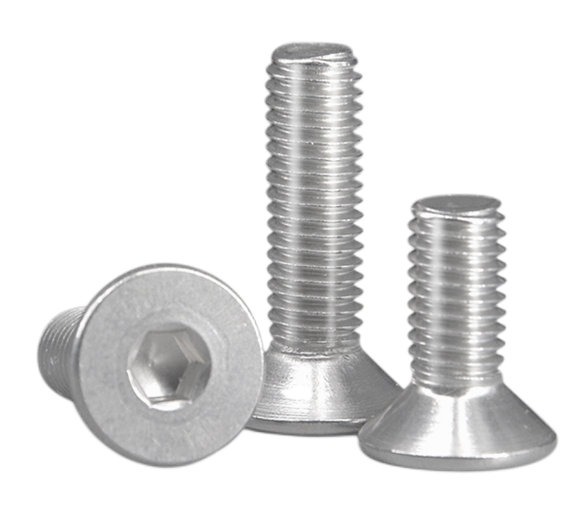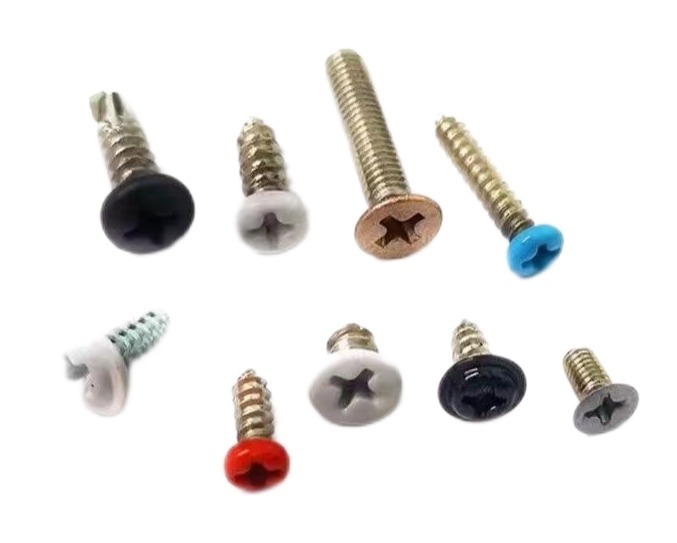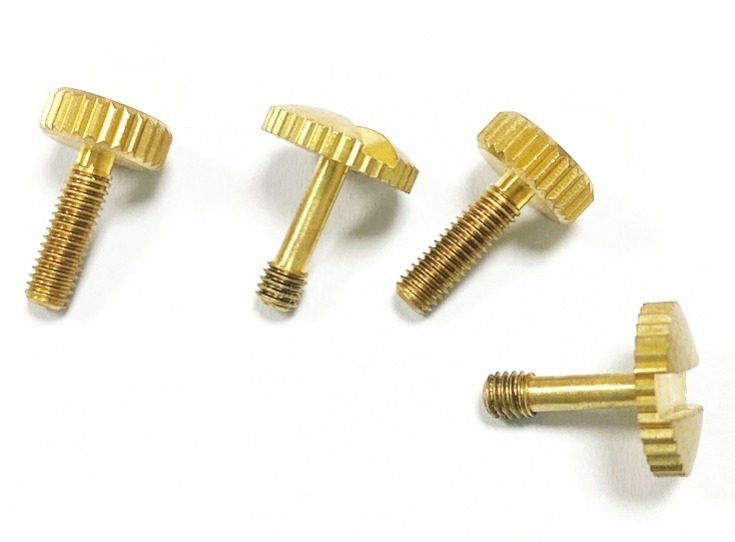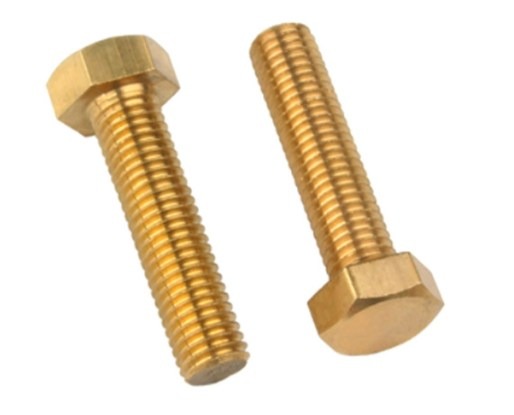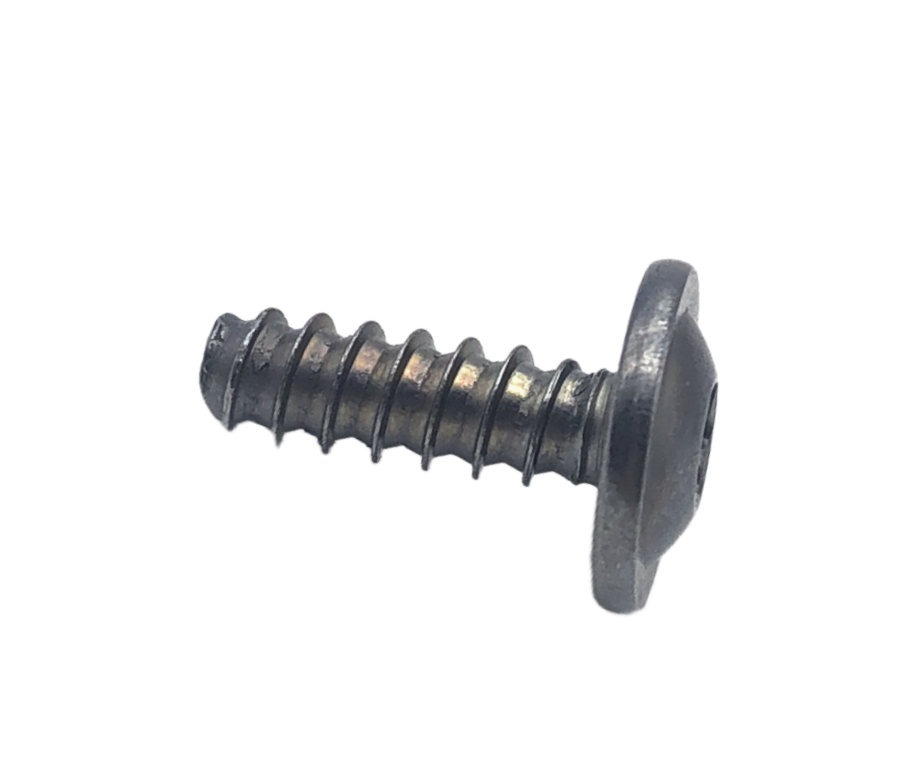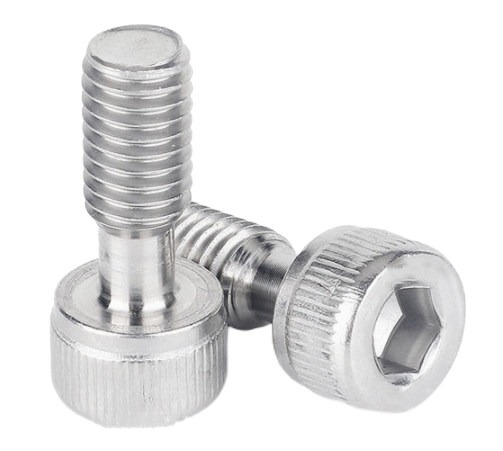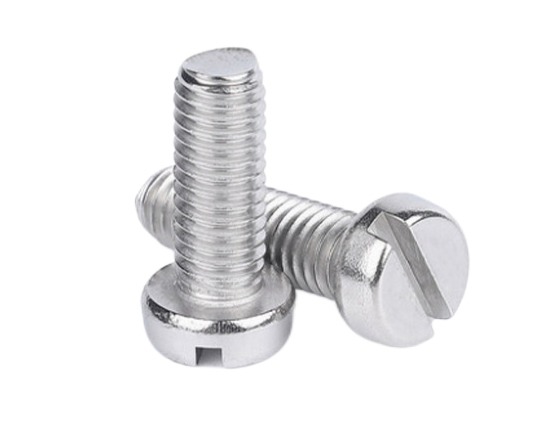A Guide To The Common Screw Thread Locking
Screw thread is widely used in the connection of OCS components, which has the advantages of simple structure, reliable connection, convenient disassembly. However, it is easy to cause looseness of fasteners, so screw thread has great limitations in anti-loosening for OCS components.
Current Situation Of Common Screw Thread Connection
The ordinary screw threaded connection has self-locking function. After the thread is tightened, the connection will not loosen when no additional torque is applied under the effect of the friction.
After the fastener is installed and connected, the thread bears a certain initial pre tightening force. The material on the surface of the thread provides positive pressure by pre-tightening force to maximize the friction resistance between screw threads. When the external environment changes, such as vibration, impact, alternating load, etc., the static load environment of the thread disappears, and the pre-tightening force borne by the thread may suddenly decay or disappear, resulting in a sharp drop in friction between the thread pairs. At the same time, due to the inertia of the connected parts and the interaction between the parts, the thread pair is driven to have a small displacement towards the release direction, which will lead to the loosening of the fastener when this condition occurs for a long time.
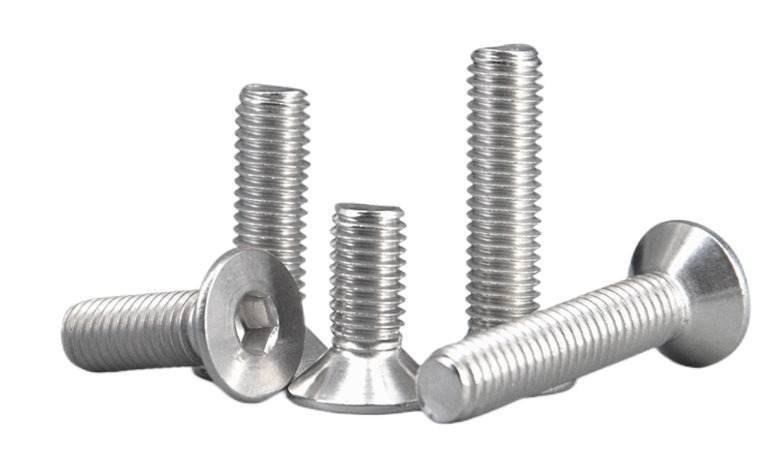
Analysis of Screw Thread Locking Process
Taper compression lock nuts and eccentric lock nuts are widely used in the anti-loosening tightening device, and their anti-loosening effect is significantly improved compared with the common thread connection type
(1) Eliminate the inherent clearance of the thread pair, or orient the clearance.
(2) Increase the contact area or number of contact points for screw treads
(3) The thread friction is increased by increasing the positive pressure between the thread pair materials.
The above three points can be summarized as the same as the thread locking, which needs to solve the inherent clearance problem of the thread pair, the contact area problem of the thread pair material and the friction problem between the threads and the thread pair at the same time.
The inherent clearance problem of screw thread
The clearance of the thread pair is inherent, which has been caused by the production and processing mechanism determines. It is can only be eliminated or improved in the use process. The thread clearance can be divided into axial clearance and radial clearance.
As for the axial clearance, because the thread needs to bear a certain pre-tightening force in the axial direction, which often has certain restrictions. Although more axial clearance can be eliminated by applying torque, the pre-tightening force will be destroyed and the significance of fastener as a connection is lost.
For the radial clearance, the nut end face is generally perpendicular to the thread axis in the installation state. Applying a radial force parallel to the nut end face will not affect the preload that the nut bears. When the radial force overcomes the friction between the nut end face and the flat washer, the nut moves along the radial direction, and the radial clearance of the thread pair will be directionally eliminated.
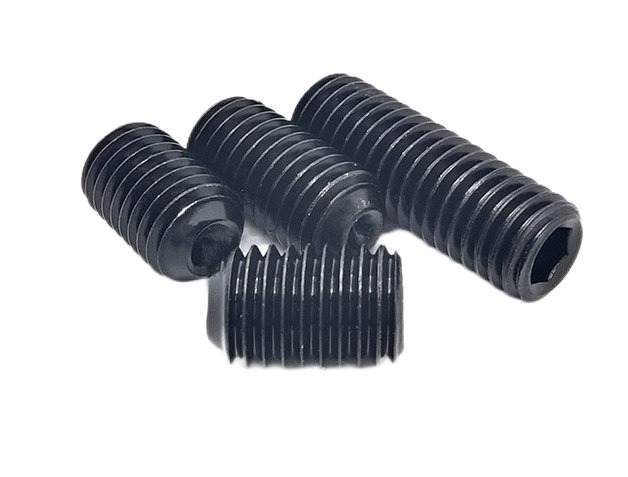
Contact area of screw thread pair materials
In order to make more threads in the nut height range contact each other without damaging the initial preload of the nut, which requires that the nut cannot move in the axial direction, so it can be considered that the nut contacts more screw threads in the radial direction. The radial dimensions of threads are theoretically consistent. As long as the nut is moved, more threads on the thread pair can contact each other.
Friction problem between the screw threads and the screw thread pair
When it is necessary to increase the friction, the material of the screw thread pair must have a certain positive pressure and the greater the positive pressure, the greater the friction. The external force that can be applied to the nut has only one torque. If the torque directly acts on the screw thread, as the thread is a circular structure, the radial components offset each other, leaving only the axial components on the thread. To increase the pressure on the thread pair, only increase the torque. Increasing the torque will damage the initial preload of the nut, which is not feasible. So it is necessary to make the nut bear a certain radial force through structural design to increase the friction between screw threads by increasing the pressure on the thread pairs.
Why Adopt Single Nut Locking Structure Design
The single nut locking structure is designed to eliminate the thread clearance, increasing the friction force of the thread pair, forming a tight relationship between the nut and the bolt and realize simultaneous locking of the nut and the bolt.
Advantages
(1) The nut has a simple structure, which can realize batch production trough cold heading process without adding processes separately.
(2) The nuts and bolts can be locked at the same time. The bolts don’t need to be specially made and standard bolts are available.
(3) There is no special requirement for the connected substrate, and no need to set anti-rotation groove.
(4) Single nut matched with bevel washer for anti-loosening, this locking device is small in overall size and can be used for installation in narrow spaces or special locations.
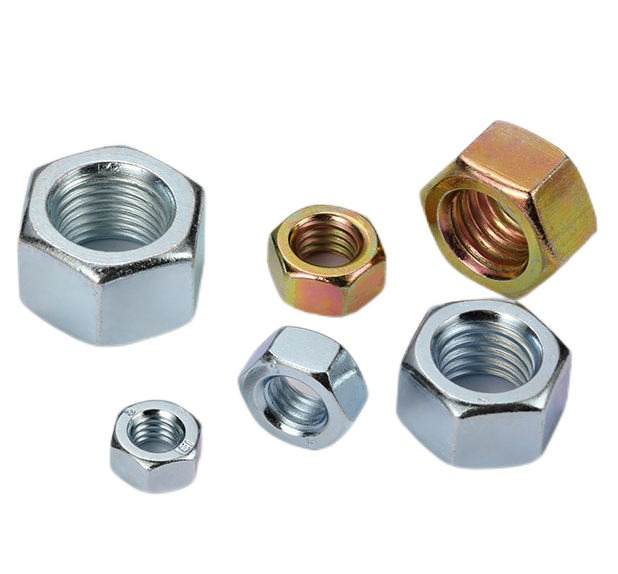
Summary
This article analyzes the problems in the locking of common screw threads, such as clearance, friction force, etc. The single nut locking structure is used to make the nut locking device lightweight and simple, and achieve a good locking effect, which solves the loosening problem of fastener connections in narrow spaces or special locations, providing more options for the locking of OCS components.

